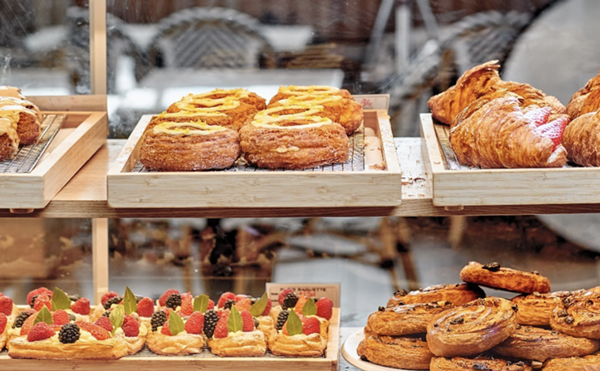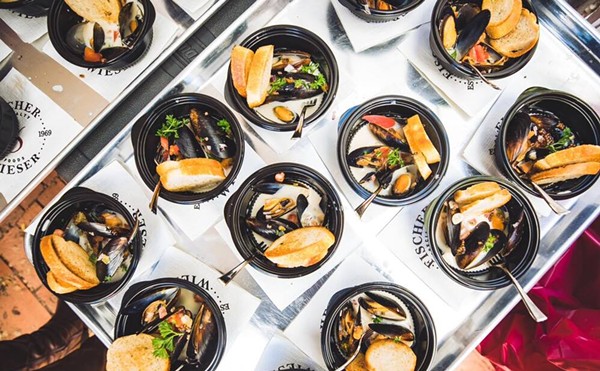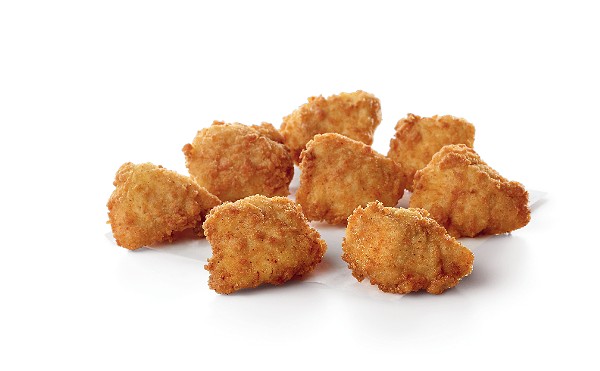Welcome back to Value Vino — new, improved, and now twice monthly. In search of value we’ll pay attention to select wine regions (and sometimes entire countries), we’ll investigate local outlets, we’ll talk to wine vendors and comb restaurant wine lists … and we’ll take suggestions, too. Want to know about the best cheap (or really good and worth every penny) cabernets? Just let us know; we’ll taste for you.
For the relaunch, VV finds value in varietals that are not as well known as the over-sold merlots and chardonnays of the world, specifically bonarda and torrontés — two grapes that have made a home in Argentina and almost nowhere else. Of the two, torrontés, a white wine grape, has most penetrated local consciousness. It can be found on the wine lists of Sandbar (Doña Paula) and Zinc (La Yunta), and also at Biga, where I tasted it at the bar. The 2009 Zuccardi (Serie A) Torrontés from the high-altitude Salta region is the quintessential product: a handsome light golden color, lightly floral on the nose, and with the typical raisin-muscat taste of the grape. Its sassy acidity keeps it from being in any way cloying, tempers a tendency toward perceived sweetness, and suggests pairing with Asian food with a hint of spice.
When available by the glass at restaurants, expect to pay nine or ten bucks. But if you’re willing to watch specials, you can get an entire bottle for that same amount. I recently found the 2009 Bodega Tamari Reserva Torrontés on serious sale at Central Market for $9.95. It’s an intriguing wine from the lower-altitude La Rioja region. And it’s altogether different from the Zuccardi — namely in the soft pedaling of the muscat character. White flowers, citrus, pineapple, spice … there’s a lot there. (Sorry, though, I didn’t get the promised hazelnut.) It’s a good sipping wine, but should also work with simply sauced fish or scallops, even the fried stuff.
Bonarda once comprised a major portion of all red-wine grapes planted in Italy’s Piedmont, but don’t look for such wines on local shelves; Argentina has co-opted this easy-drinker. (Some, however, think Argentina’s bonarda is really related to dolcetto.) And yet it’s not to be dismissed as a red to chill if the 2008 Durigutti Bonarda I sampled is any indication. In fact, it’s a wine to chew on based on its use of native yeast and American oak, its aspirations of organic production, and its unfined and unfiltered treatment. But for all that, it’s also not a fruit-bomb powerhouse. Tannins are soft, there’s some spice and vanilla from the oak, black fruits of an unspecific nature prevail, and there’s earth underlying it all. Nothing really leaps out, besides intimations of backyard beef or full-bodied cheeses, and yet the overall impression is one of richness. I paid about $12, wine-sale Saturday price, at Saglimbeni Fine Wines (638 West Rhapsody Dr. #1). It’s also (theoretically) available at Spec’s.
Ron Bechtol writes about food and drink for the Current. Value Vino appears twice per month.
















